5 Secrets McDonald's Doesn't Want You to Know
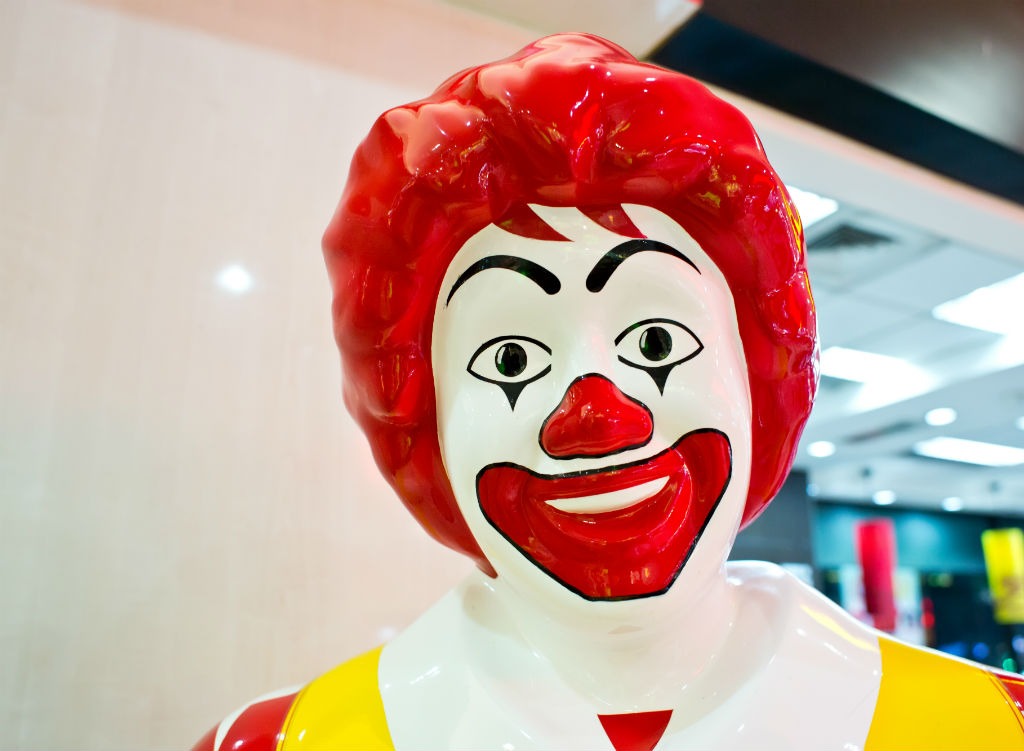
In his love letter to McDonald's, which the actor/director/writer recently penned for The Washington Post, Franco revealed a not-so-appetizing secret from the kitchens of his beloved fast-food behemoth: workers frequently eat straight from the fry hopper, snagging fries as they walk by. As germaphobic as this discovery might make you feel, it's harmless compared to the other secrets Mickey D's hides.
In this special Eat This, Not That! report, we reveal five secrets Franco didn't tell you about how the fast-food giant ensures you're always "lovin' it."
They Decorate to Make You Crave
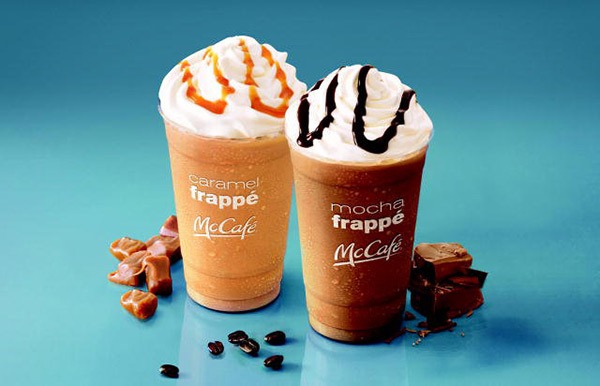
Have you noticed that a lot of fast-food chains use the same colors on their logos and inside their restaurants? That's no coincidence. Pizza Hut, In-N-Out Burger, Wendy's, McDonald's and Burger King—just to name a few—all use yellow and red in their logos. These hues have been proven to grab consumers' attention, stimulate appetite, increase the speed in which we eat and make us crave all things convenience—including fast food, say University of Rochester scholars.
Fight Back: Ordering from the drive-thru window and enjoying your food at home can keep your appetite in check. Plus, you're less apt to go back for seconds when you'd have to get in your car to do so. Nowhere near your house? If the weather is nice, eat outside the restaurant at a picnic table or take your meal to a nearby park.
They're Incepting You
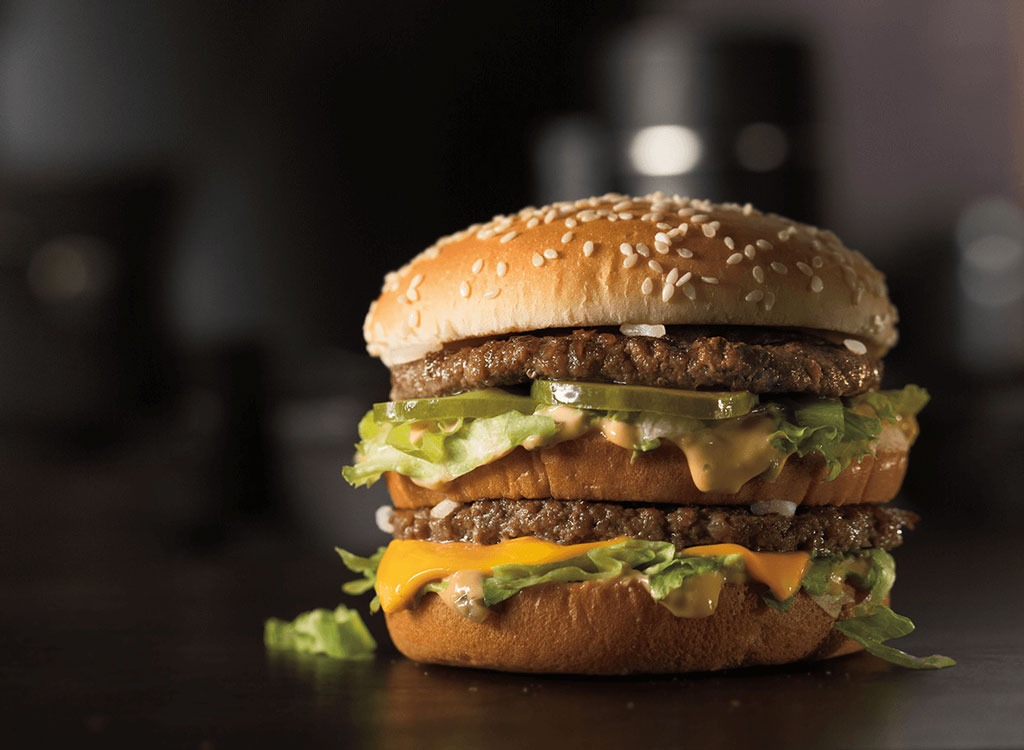
You know how, when you do a Google search for a product, you see an ad for that product a week later—on every site you visit? Fast-food marketers have a similar sales approach, except they do it outside—and it ups the odds you'll cave into your cravings. Here's proof: Areas with more outdoor fast-food ads are more likely to have overweight residents than towns and cities where outdoor advertisements are for other types of goods, say UCLA researchers. Fast-food companies know how effective outdoor ads can be, which is why second to television time, they spend more on these types of advertisements than any on other media outlet—a whopping $156 million big ones per year!
Fight Back: At least keep the fast-food ads out of your home by skipping the TV ads and tossing your Hamburgler pin-up poster.
They're Stage-Five-Clingers
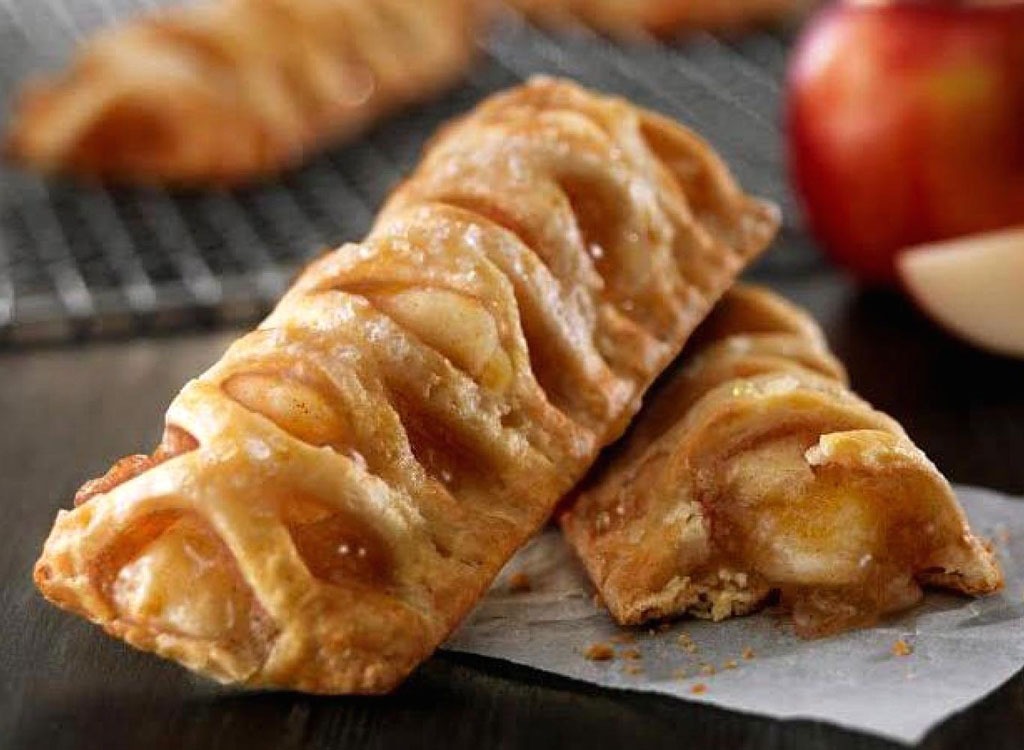
Your good ol' pal Ronald put his restaurant on your way to work on purpose: he wants you, bad. Fast-food companies know that simply building their restaurants in their consumers' daily paths increases the temptation to eat there. One of the strongest influences on consumption is ease of access, according to studies. Basically, if we see it and can easily get it, we will eat it.
Fight Back: Always keep healthy, grab-and-go snacks in your car or bag. If you're prepared with your own healthy fare, you'll be less apt to give in to temptation when your tummy starts to rumble. Choose one that fits your craving from our exclusive list of the 50 Best Snacks for Weight Loss.
They Use Words Against You
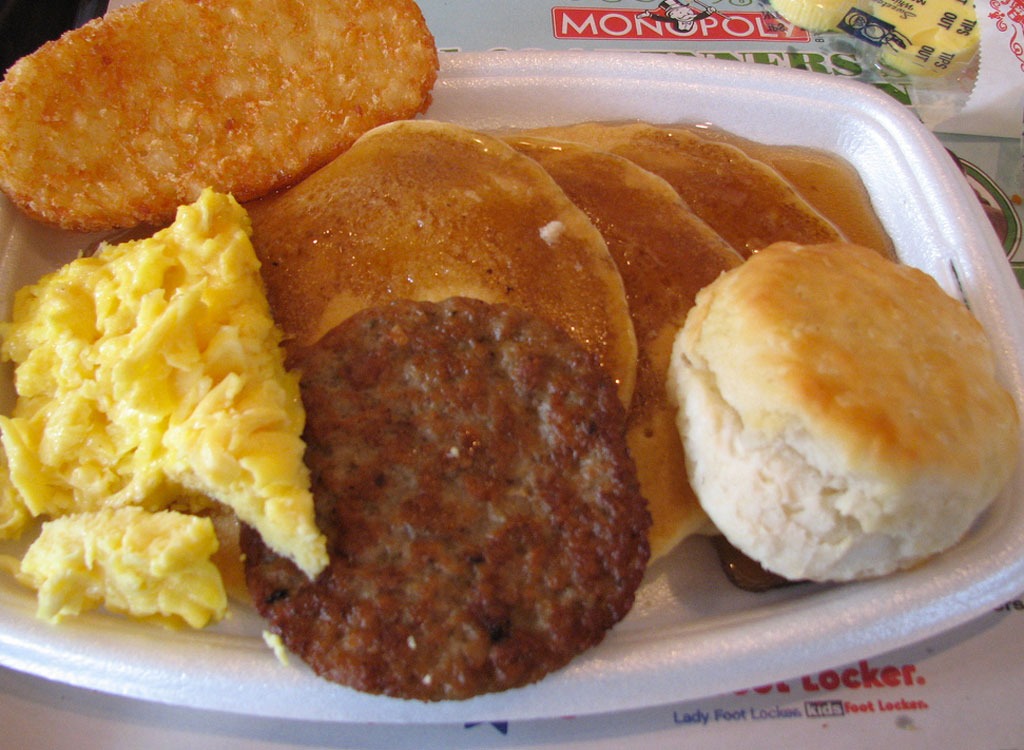
A lot of health-minded folks go into fast-food joints with the best of intentions but somehow end up leaving with a bacon cheeseburger and a soggy order of fries. Here's why it keeps happening: Food marketers tend to use descriptive phrases on their menus and in-store ads such as "Finger lickin' good" and "hot n' juicy" to boost the craveability of menu items they're hoping to sell. (The only problem is, they're not typically pushing the healthy stuff. Those dishes are less apt to get you hooked.) In fact, customers are 27 percent more likely to order an item if it's described with yummy-sounding adjectives, say Cornell University researchers. The same group of scholars also found that certain menu design elements such as fancy fonts, colors and graphics tend to draw the eyes toward specific items and can sway customers' orders.
Fight Back: Next time you hit up a fast-food joint, your best bet is to decide on an order before you arrive and stick to your guns when you get up to the counter—no matter how "finger lickin' good" those ribs may sound.
They Use Addictive Ingredients
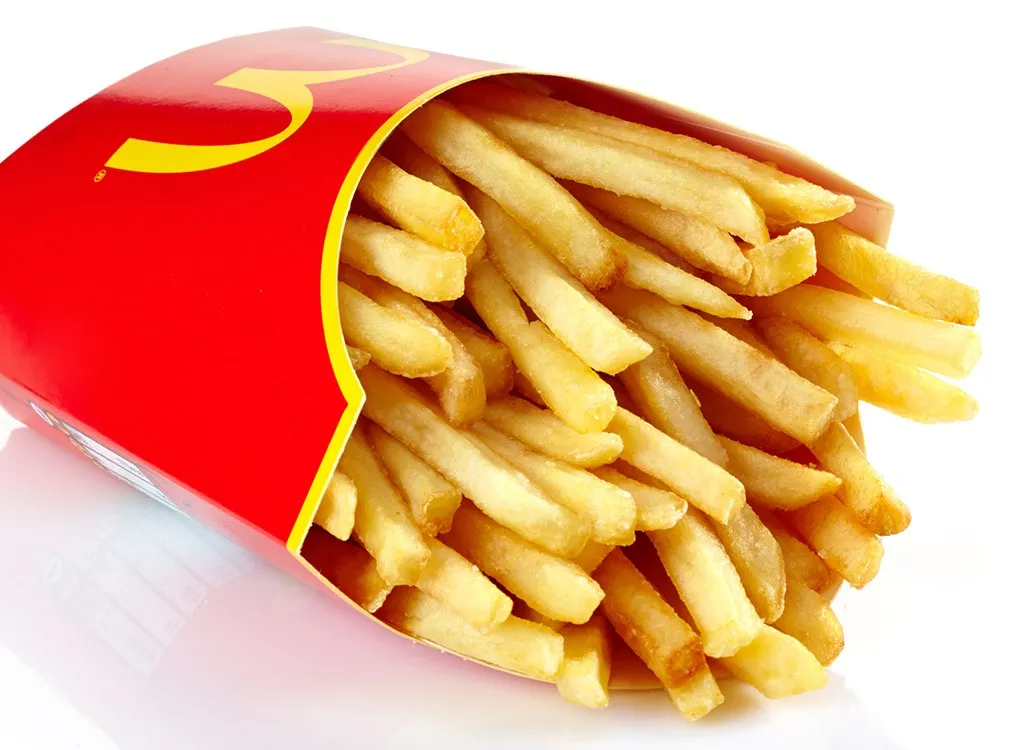
Refined carbs, fat, salt and sugar—the four primary ingredients in fast food—are downright addicting. Studies show that mice who have been fed diets with high levels of those very nutrients display withdrawal symptoms and are more sensitive to stressful situations after they were put on a more healthful diet. Not to mention, a number of fast-food menu items are pumped with chemicals that boost our cravings. Chicken McNuggets, for example, contain a chemical called autolyzed yeast extract that's similar to monosodium glutamate (MSG). It's primary purpose: to artificially enhance the taste and craveability of food.
Fight Back: Don't make eating fast food a habit—shocking advice, we know! In our latest Eat This, Not That! book, we say that if you're going to McDonald's, order a Big Mac, a McDouble or a Premium Grilled Chicken Ranch BLT Sandwich—but too many of the items top the 500 calorie mark.
Image: Settawat Udom / Shutterstock








